So You Founded a Country and Want to Compete in IIHF Women's Worlds - Part 2
So You Founded a Country and Want to Compete in IIHF Women's Worlds - Part 2, Electric Bugaloo
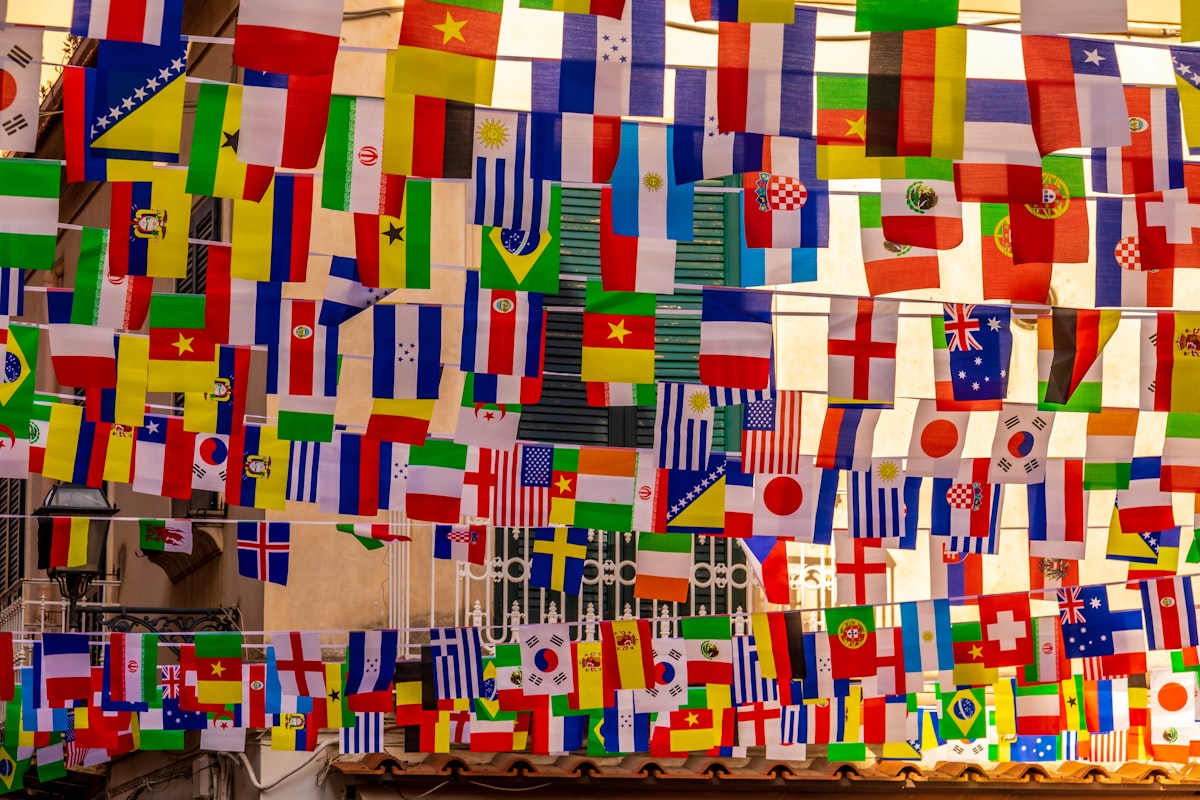
This is the follow-up to an article from quite literally around the time of last year's Women's Worlds, diving into some of the nitty-gritty of the IIHF through a lightly comical lens. What can I say, it took me a year to build up the will to continue reading through the IIHF regulations.
As the founder and leader of the newly-established country of Icegarden, you know the perfect way to get Icegarden etched in the annals of history: competing in the IIHF Women's World Championship (aka Women's Worlds).
But, how do you get Icegarden to actually play in Women's Worlds? Just show up with a team on the starting day of the tournament? Fill out an interest form on the IIHF website? Defeat the head of the IIHF in single combat?

Not to worry, there are just three(-ish) simple(-ish) steps you need to follow to get Icegarden in contention for Women's Worlds gold. We covered the first step, becoming an associate member of the IIHF, in a previous article, and this article covers the next step.
Step 2 (?): Become an IIHF Full Member
Okay, so when I said three(-ish) steps, that might have been a teensy bit of a lie. Technically you don't actually need to be a full member of the IIHF to compete in the IIHF Women's Worlds. In fact, the IIHF guarantees that. Statute 12.1.3 specifies that among other rights, "Associate Members have the right to ... [t]ake part in IIHF Events in accordance with IIHF Statutes, Bylaws, Regulations/Codes and decisions of the IIHF." In other words, as long as you meet the requirements of a particular event (like Women's Worlds) and the IIHF isn't stopping you for whatever reason, you are free to compete, even as an Associate Member.
However, the requirements to become an IIHF Full Member are requirements to competing in IIHF Women's Worlds anyways, so you might as well do the paperwork to get full membership along the way. So, what exactly are they?
Step 2.1 - Meet the Minimum Participation Standards for IIHF Women's Worlds
When I said the IIHF requirements for being a Full Member were requirements for competing in Women's Worlds, I was being extremely literal about it, given one of them is literally to meet the minimum participation standards for Women's Worlds (aka Bylaw 3.2.1).
(Technically we could alternatively or also meet the requirements for the IIHF (Men's) Ice Hockey World Championship and the U20 Men's Championship in accordance with Bylaw 3.1.1, but. That's not what we're here for.)
Alright, cool! Now, what are those standards?
a) The Country in which the MNA is located must have at least one permanent, operational indoor ice rink meeting the standards as stated in the IIHF Rule Book including permanent seating capacity of not less than five hundred (500) spectators; - Bylaw 3.2.1
This is pretty reasonable: if you want to your country represented in the ice hockey arena, there should be ice hockey arena representation in your country. Plus, a permanent place to play only facilitates and encourages more and more people to try ice hockey, which grows ice hockey both domestically and internationally.
Thus the IIHF is really invested in having more ice rinks around the world, to the point where they wrote up a whole guide to ice rinks.
The guide is genuinely pretty interesting. It covers the technical aspects of constructing a rink, like example layouts of existing rinks, potential de-humidification solutions and the make-up of the ice pad that stretches below the rink surface (it makes sense there's cooling pipes underneath the ice, but I would have never thought about how below that there's often heating pipes to prevent the actual ground from frosting over).
But it also covers the social aspect, suggesting potential programs like Learn to Skate and even a sample weekly schedule (Disco Hockey is from 7:15 to 10:45 on Fridays!), as well as mentioning the repurposing the facility during "ice-free months" for "musicals, theatre, fairs and of course indoor sports." And of course it covers the economic side, including mention of an Excel worksheet created by the IIHF Facilities Committee and potential financing options. With that guide, we should honestly be well on our way to constructing Icegarden's first indoor rink (named Icerink, obviously).

b) Players must play on an indoor ice rink located in the MNA’s Country that meets or exceeds the IIHF designated minimum size; - Bylaw 3.2.1
This ... feels frankly like it should already be covered by (a)? The guide goes into immense detail about the size requirements for the IIHF, so I guess its making extra sure you paid attention to that requirement or your ice rink is actually being used to play hockey and not like, doubling as Icegarden National Theatre or Icegarden Zoo's penguin enclosure? Well, whatever, I'm certainly not going to complain about an easy checked box.
c) The MNA must have not less than forty-five (45) participating players in the World Women’s Category, each of whom must be registered with the MNA; - Bylaw 3.2.1
If you want to field an ice hockey team, you need players to play on that team. And also players to not play on that team, apparently. International competition is generally supposed to feature the best of the best players, and per the IIHF, considering the roster limit is 22 players, at least in the top half of players seems to be good enough.
d) The MNA must have not less than three (3) teams participating in League Competition in their own Country (and/or in a cross-border League operating in accordance with Bylaw 19.2) in the Category in which they have applied to participate. The League must meet the League Statistical Requirements as indicated in the IIHF Sport Regulations; - Bylaw 3.2.1
If you want to prove you brought the best players from your country to compete, you need to have competitions for those players to compete in outside of international tournaments. Makes sense. Now, exactly how we create such a league competition is so far out of the scope of this article its almost circled back around to being funny, but rest assured that HILL (the Hockey Icegarden Licensed League) will be established with aplomb.
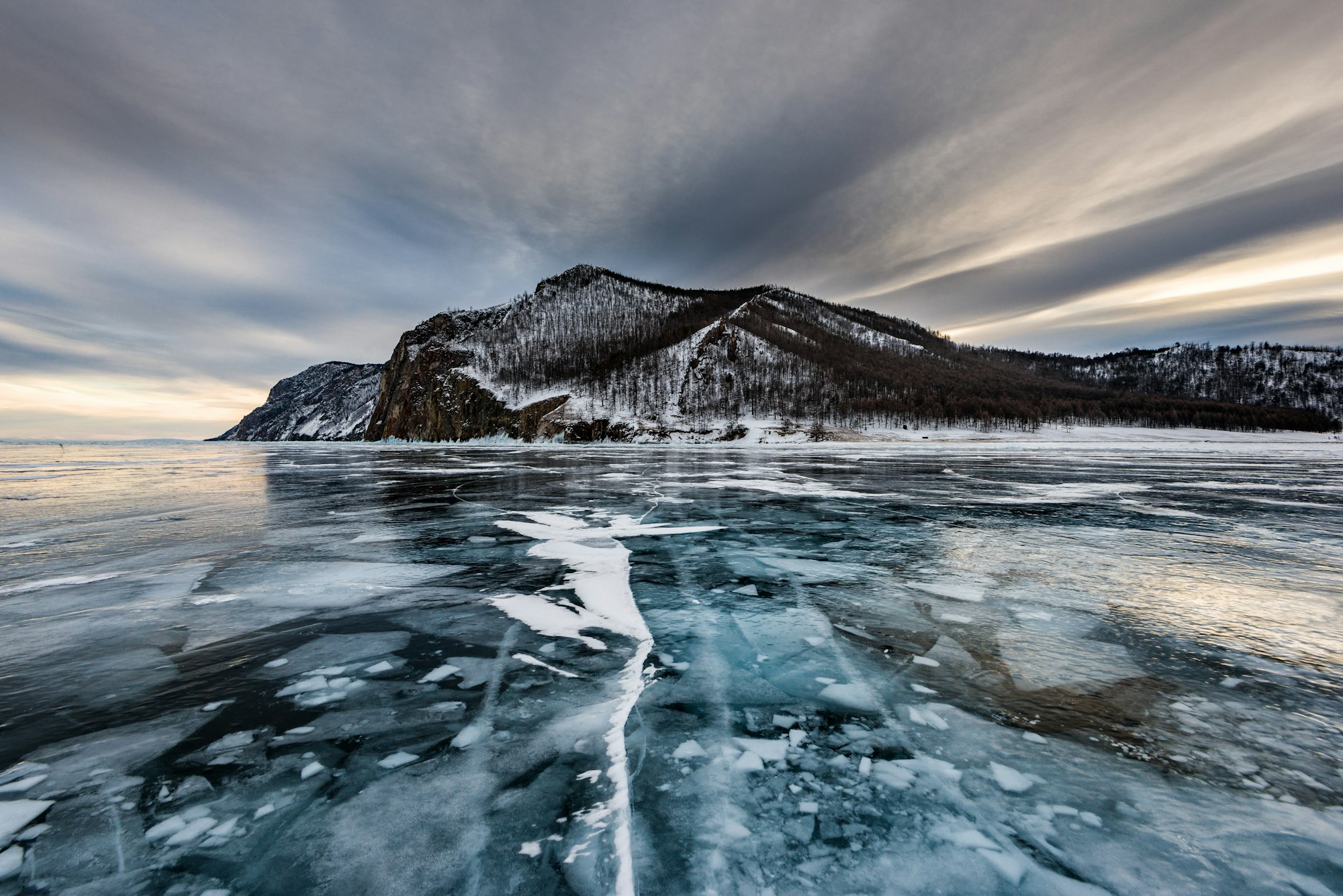
And, to clarify, because despite being a stats-driven person, I definitely misinterpreted the "League Statistical Requirements" before I went and looked at them as being statistical requirements that had to be met for the league competition to qualify as a "League" (e.g. at least five games in a season, at least 18 players per team, etc.). No, the "League Statistical Requirements" mentioned are requirements for the statistical record keeping of the league: schedules, standings including things like goals for and against per team, player statistics like goals, assists, and penalty minutes, per-game statistics, current player suspensions, all available online. In other words, everything I hold dear to me. The requirements are pretty, but having the IIHF require this information is recorded and preserved at all makes my heart happy.
e) The MNA must have an operational hockey development program that (i) includes not less than sixty (60) registered participants; and (ii) has a Learn to Play Program, Coach Education Program, Game Officials Program, Official Women’s Development Program and either a Recruitment Program, Administration Program, Team Manager Program, Equipment Manager Program, or Goalkeeper Program. - Bylaw 3.2.1
Similar to the ice rink, the IIHF is really invested in more people playing ice hockey, but also more people facilitating playing ice hockey, because well, that's their whole thing. And this is another thing that should just be a net positive for THING, as if we're going to be any good at this hockey thing, more people learning to play and help with playing hockey can only help us.
The required programs all make sense: two for helping people get better at playing hockey (newcomers and dedicated women's development) and two for helping people get better at the required roles of hockey that aren't playing (coaching and officiating).
The "pick one" programs all seem to kind of follow: generally being roles that are incredibly useful, necessary for growth, and will be required as hockey gets more and more prevalent, but aren't necessarily needed right at the inception of getting hockey rolling in Icegarden: recruitment, administration, team and equipment management.
But, uh, goalkeeping? Really? I mean, from certain perspectives, it kind of fits of the description of the other "pick one" programs of being important long-term but starting non-essential, but for our Women's Worlds dreams, its going to be extremely essential, so that's definitely the program we want for now (though we'll certainly want all of them soon enough).

And that's it! Finally, we're all set to participate! And lucky for us, there's only one more requirement for full membership.
Step 2.2 - Participate in a Senior Men's or Women's Championship
Yeah, I really wasn't kidding when I said the Full Member requirements were stuff we needed to do anyway to play in Women's Worlds. We've met the requirements to participate in the tournament, now we actually have to do it!
Hey, job done, you might think! Well, it depends on what you were thinking when we said "Women's Worlds." If you meant a Women's Worlds Championship, then, yeah, this is it! But if you were thinking of the Women's Worlds Championship, the one where we see Team Icegarden square off against USA, Canada, Czechia, and the like, well, uh. Let's talk about the IIHF division system.
For Women's Worlds Championships, there are currently, depending on how you count, three, four, or seven divisions. There are three numbered divisions, aptly named Division I, II, and III. However, that doesn't include the top division, which would be the Women's Worlds Championship with no division name specified, bringing us to four. And Division I, II and III actually each have a Group A and a Group B, with separate Women's Worlds Championship tournament for each, bringing the count up to seven.
Okay, sure, but what does this mean for us? Well, we start at the very bottom of the ladder per Bylaw 2.1: that is Women's Worlds Championship Division III, Group B, but how do we declare that we want to participate in the next championship? Like, there are many eligible MNAs (like that only traditional field teams at the men's competitions) who don't participate, so how do we say that we do? And this is where I tell you, genuinely, I have looked through all the official IIHF documents I could find and even watched some of last year's IIHF Congress, all to tell you that I have no idea.

(A representation of me, contemplating my life choices midway through researching this article while watching someone explain for how to utilize the voting buzzer at the IIHF Congress.)
Seriously. I found the exact calculation of the IIHF points ranking system. I found several years-worth of financial documents. I even found guides for organizers for Worlds tournaments (did you know that its a requirement per the IIHF championship regulations for lower-division tournaments that the IIHF Officiating team must get a meeting room in the hotel to use and that "[b]ottled mineral water with snacks and fruits should be available in the meeting room"?).
But, I could not for the life of me find any official rules or regulations of how a country goes about declaring they are playing in a tournament. If you know where this information lives, please let me know. All I know is the participants for each tournament seem known at least the year before, because they were already listed during the section of the IIHF Congress I watched when they were voting on the host bids for each of the championships.
So, uh, when I joked at the beginning about just showing up or filling out an interest form or single combat to participate, the answer is, uh, "maybe"?
But, for the sake of this article series, let's assume Icegarden is all signed up to participate in the lowest division, Women's Worlds Championship Division III, Group B, and we play in the tournament! Hooray! Now, if you were interpreting the Women's Worlds in the title to mean any of them, we're done! But, for the those who meant the top-division, no-division-specification-needed Women's Worlds, well, that'll have to wait for Part 3 of this series, where we'll cover promotion and relegation.
Step 2.3 - The Logistics Stuff
Still, with that all wrapped up, we've met both requirements we need for Full Membership, and knocked out a huge chunk of what we need to get to Women's Worlds proper!
Now its just the logistical side of securing Full Membership, and that's (surprisingly) simple. Per Statute 13.1, "[a]n Associate Member shall be accorded Full Membership status as soon as it fulfills the specified criteria for Full Membership and receives Congress approval." Easy, we don't have to fill out a form (that I can find) or anything! We've done it!
Well, pending Congress approval at least, and IIHF Congress only meets once every year in August (which, reminder from last time, is also when our yearly 1000 Swiss Franc (roughly 1,100 USD or 1,500 CAD) membership subscription is due). So, there might be a bit of a waiting period given Women's Worlds generally happen in March-April. But after that! We get to rake in the sweet sweet benefits of being a Full Member of the IIHF, like being able to vote in that Congress! And more importantly, we are well on our way to getting to that top-division Women's Worlds.


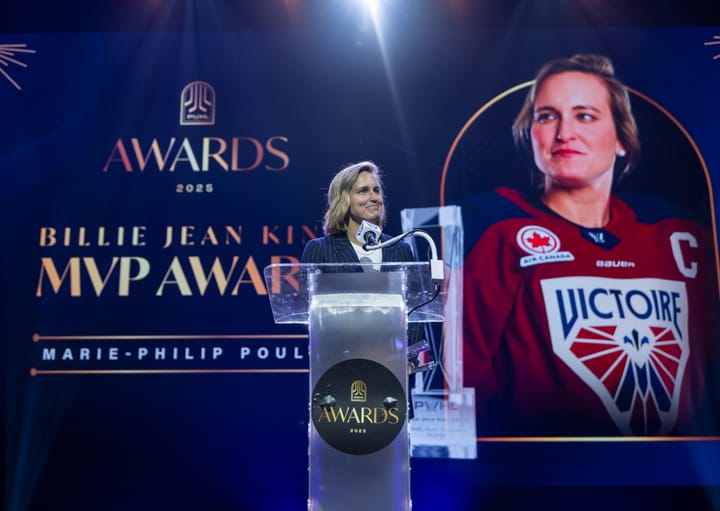
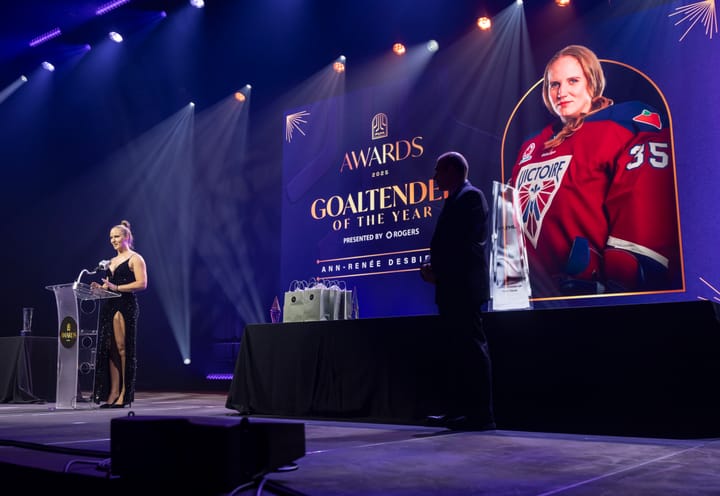
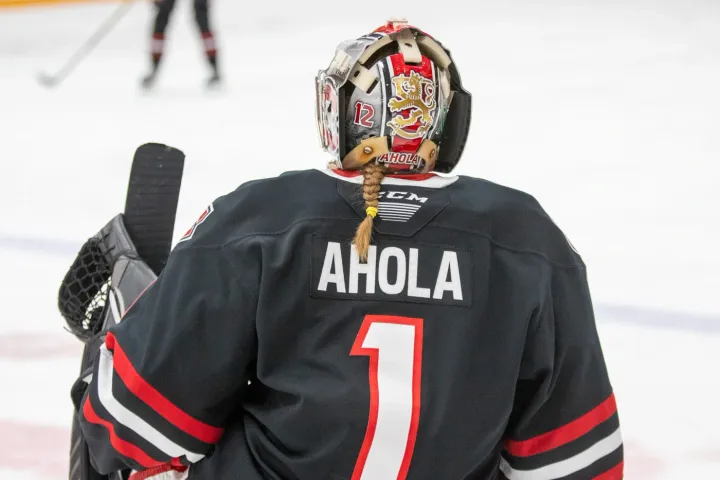
Comments ()